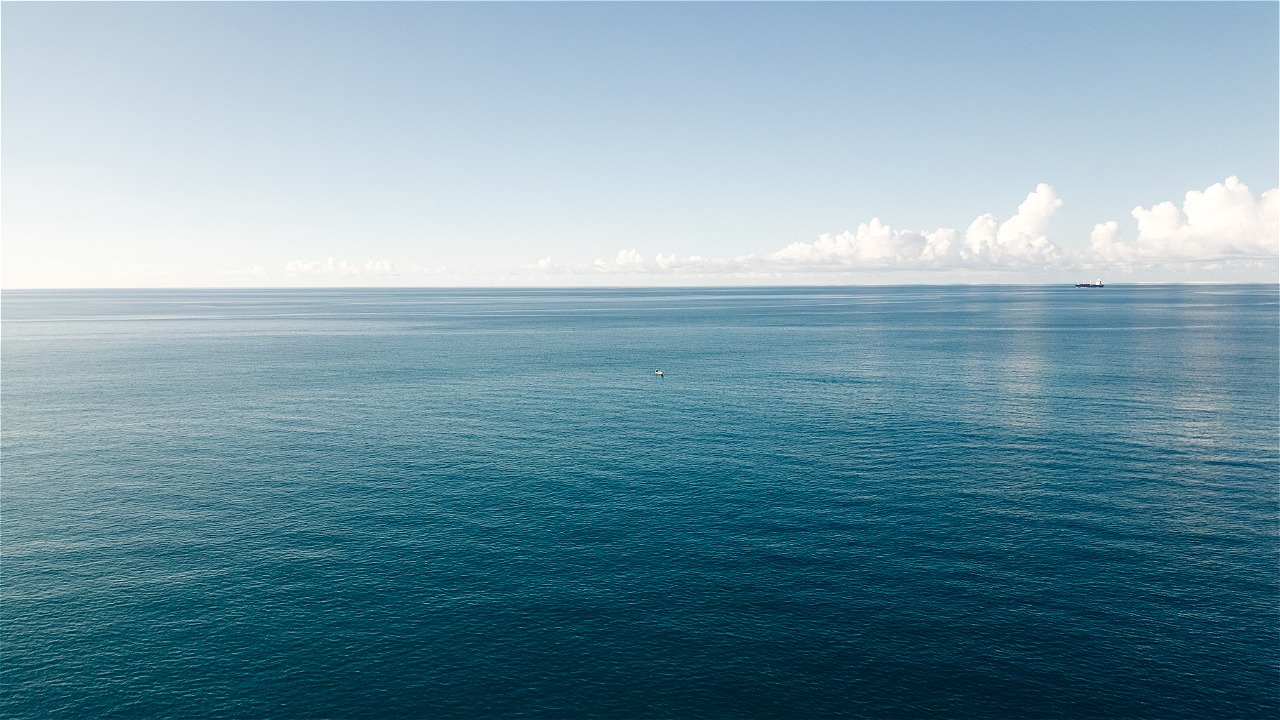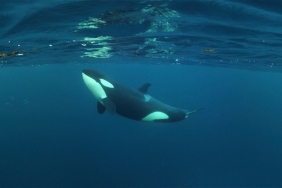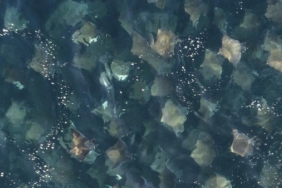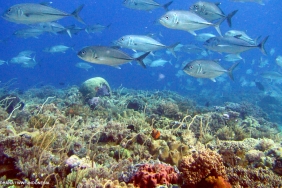EXTRAORDINARY THINGS ABOUT LARANTUKA SEAPORT
By: Bima Prasena (Escapade)
The top of Ile Mandiri mountain, Larantuka, East Flores was covered in thick clouds. That afternoon was the first time I saw the Menami ship that we would be sailing on for the next six days.
Walking around the dock, I saw a boy who was different from the others, his body thin with a red t-shirt with a cartoon image. The spool of fishing line was still neatly wrapped around the can in his hand.
The way he moved stunned me. Fast, but not running. That's right! He was standing on a wheeled board, gliding smoothly on the asphalt of the pier. Wili, as he was called, was a skater! Apparently, in an area far away from the big city like this, there was a kid who was quite good at riding a skate board.
But Wili wasn't the only amazing thing that afternoon. As the afternoon wore on, fishing boats began to arrive. They were slightly oddly shaped, widening at the front. There was a fairly wide platform there, while the stern, which was submerged in the water, looked like a normal fishing boat.
Some fishermen boarded our boat, "hitchhiking" standing up to carry fish in a relay. Our boat is quite high and parallel to the dock, making it easier for fishermen to move fish.
Together, they carried barrels cut in half, with blue ropes as handles. I was curious about the contents of the barrels. After asking permission to take pictures and then getting closer, I saw the fat skipjacks that made the fishermen so happy. The catch of the day was their smile.
The barrels were carried to the back of a pick up car waiting at the dock, with a sizable scale. Each time a barrel full of fish is in the back of the pick-up, its contents are spilled out on a blue tarp. Some record the number on the scales, others sort the size of the fish, and others weigh the schools of fish and load them into the back of the pick-up truck.
I asked the price per kilo of fish. "Fifteen thousand," replied one of the fishermen. The man revealed that the capacity of the fishing boat was about 50 tons.
If they catch a lot, the man said, they can earn around 200 million to 300 million. I thought, then, that 800 kg of catch from that day's trip, or 12 million rupiah, was small. That income has to be divided between the boat owner (half of all income), the crew members who are divided based on their rank, and operational costs.
The unique thing is, Larantuka fishermen have been catching skipjack for generations using the Pole and Line method, a characteristic that is difficult to find in other parts of the world. Huhatei, as it is locally called, is an environmentally friendly way of catching.
With live bait, rods, and hooks without hooks, fish are simply pulled from the water onto the deck of the boat, just like the effortlessness of regular fishing. The fish results are amazing! Skipjacks of almost one meter are caught by the hundreds.
Don't underestimate the remote areas! This is Indonesia, Bung! They have hidden, and often surprising, potential.





